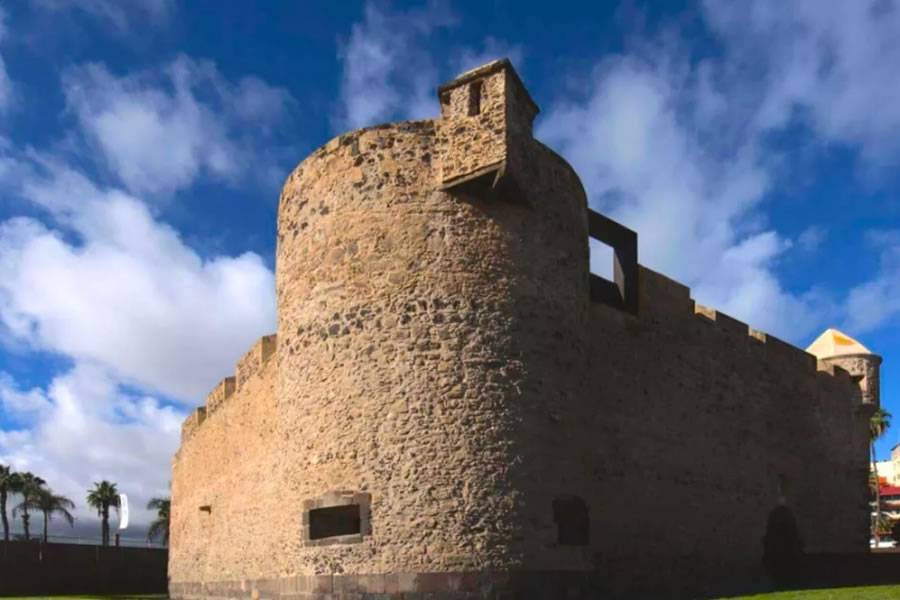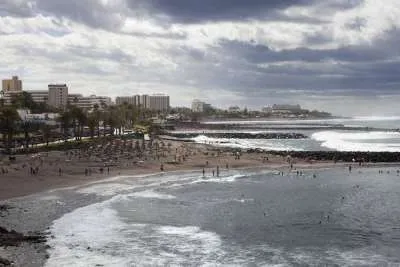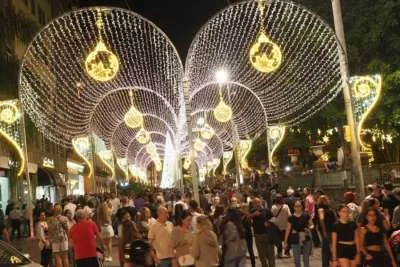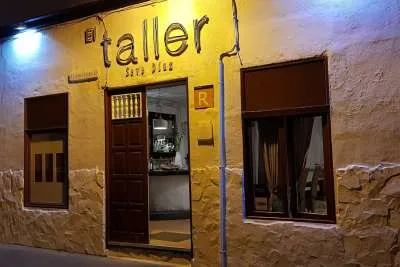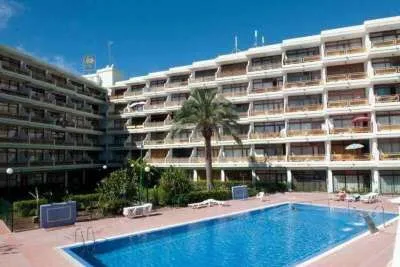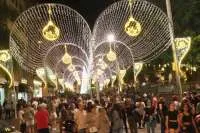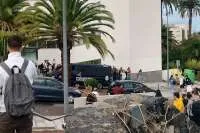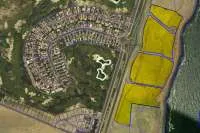The oldest castle in the Canary Islands: A 15th century medieval treasure
- 17-02-2025
- Travel
- Canarian Weekly
- Photo Credit: Hello Canary Islands
The Canary Islands have a rich history shaped by fortifications that have withstood the test of time and the threat of pirate attacks. Among them, one medieval stronghold stands out as the oldest fortress in the archipelago, a 15th century structure that has evolved from a military bastion to a cultural landmark.
The Castillo de La Luz, located in Las Palmas de Gran Canaria, was originally built as a defensive tower at the end of the 15th century. Its square-shaped, three-storey design was later reinforced with a surrounding defensive wall to strengthen its military role.
In 1547, additional artillery barriers were added, and by 1563, the outer wall was fully completed. During the 16th and 17th centuries, it endured attacks from French, English, and Dutch pirates, all of whom attempted, but failed, to seize it. Throughout its history, the castle has played a crucial role in defending the island and its port.
From Military Fortress to Cultural Landmark
As time passed, the castle’s military function became less relevant, leading to its designation as a Bien de Interés Cultural (Asset of Cultural Interest) in the 20th century.
In 1969, a restoration project began to repurpose the site, culminating in its transformation into a museum and cultural space in 2014. On 28th March 2015, the Fundación de Arte y Pensamiento Martín Chirino was inaugurated within its walls, solidifying its status as a centre for art and intellectual discourse.
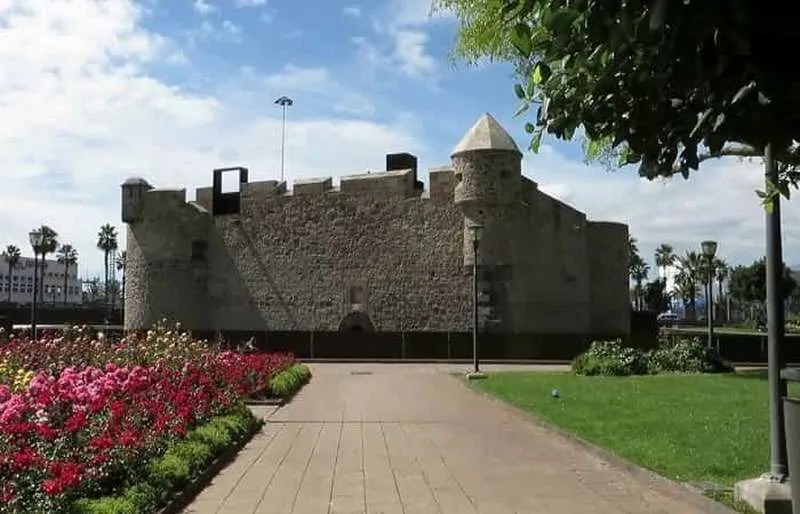
A Symbol of the City
Situated in the Istmo de La Isleta, between Las Canteras Beach and the port of Las Palmas, the silhouette of Castillo de La Luz remains an iconic feature of the city's landscape.
Beyond its historical and architectural value, the fortress has become a hub for creativity, hosting exhibitions, artistic events, and cultural discussions. Today, this medieval stronghold not only preserves the history of the Canary Islands but also serves as an inspirational meeting place for art and thought.
Other articles that may interest you...
Trending
Most Read Articles
1.
2.
Featured Videos
A Vision of Elvis Tenerife Promo
- 10-05-2025
TEAs 2025 Highlights
- 17-11-2025


